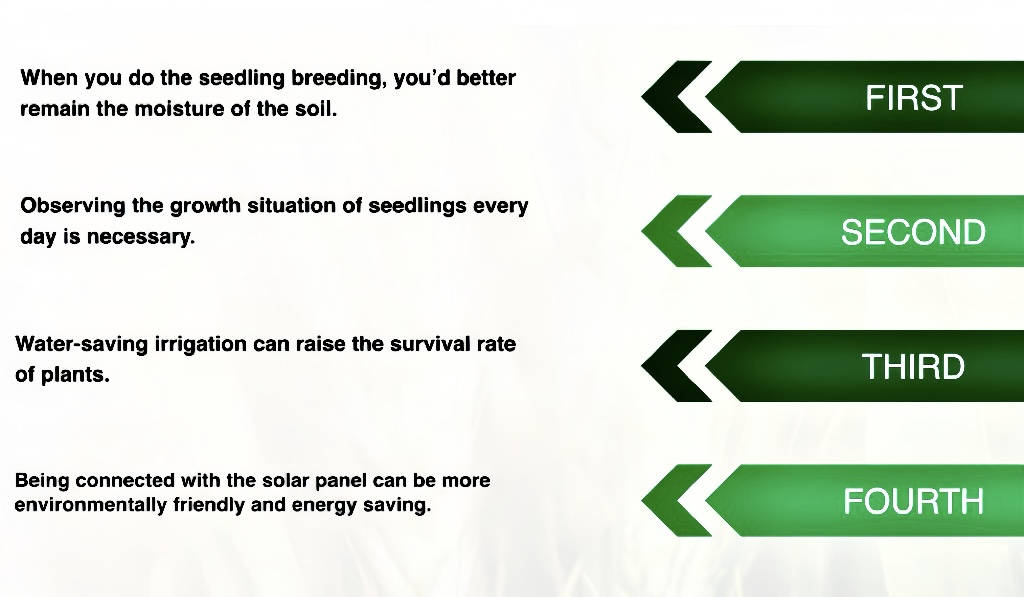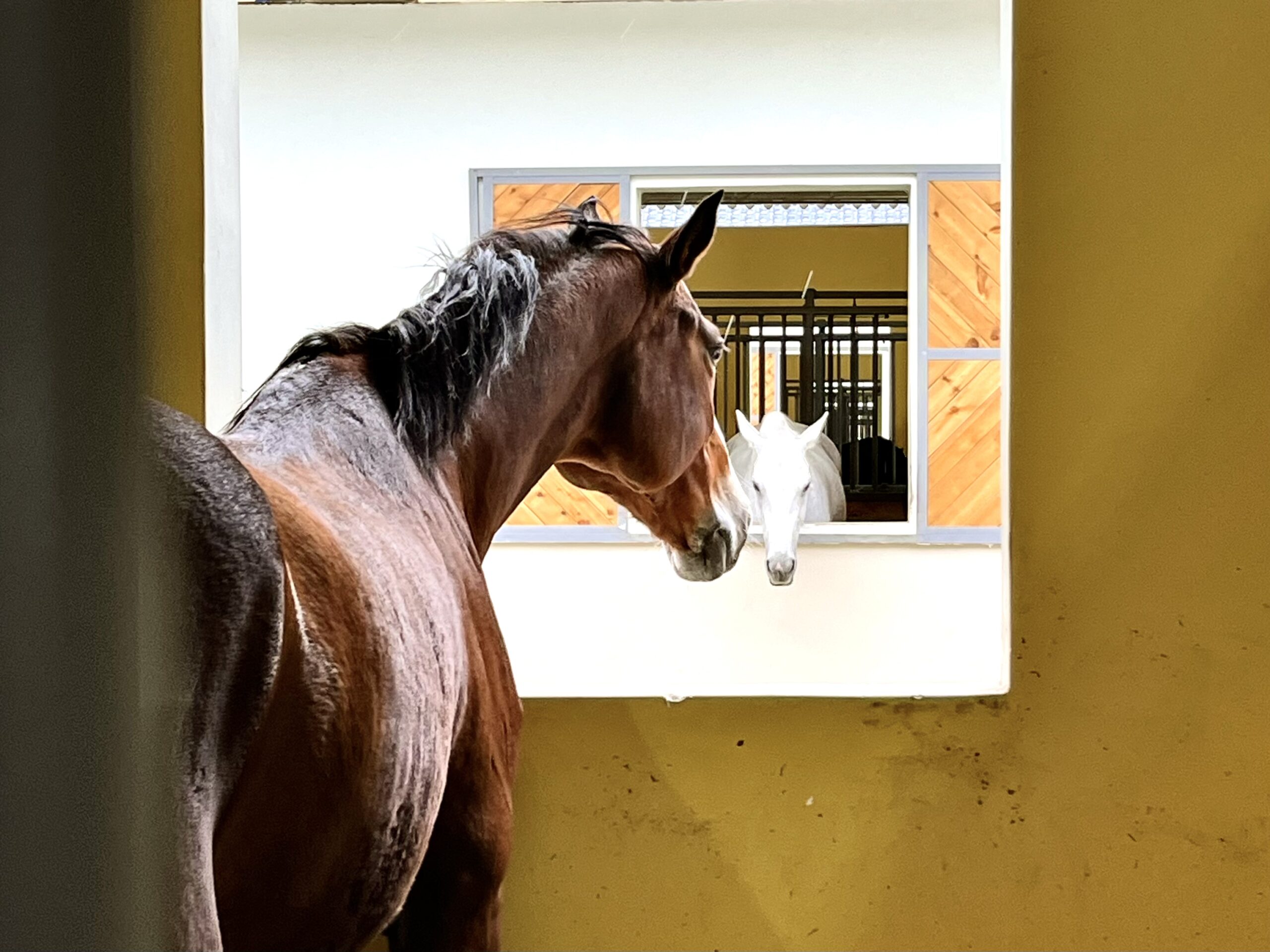Intelligent irrigation has shown potential in assisting many aspects of smart agriculture management. This report indicates some theories and current status of intelligent irrigation, and records the research process of it with self-designed equipment, aiming at promoting the understanding of the concept and helping put it into practice in the near future.
Imagine this: it’s a hot day, and you realize you need to drink lots of water to keep you comfortable. All living beings live the everyday life in a similar way. The difference, though, is that humans and animals always seek for water and other fluids. However, plants receive water by irrigation. They cannot move around on their own for water resources. Nor can they stop ‘drinking’ when they have had enough. As a junior high school student, what interests me most is how I can help to promote intelligent irrigation. Therefore, I will discuss how to realize intelligent irrigation based on my own test results.
What is smart irrigation? Basically, there is a pumping station that captures water from a source such as a river or a dam reservoir. The pump then transports the water through the pipes to the central tower. Water is then driven through the span structure and distributed to the sprinklers. After that, the right size of water drops will be applied to the soil. Moreover, the center pivot moves automatically, powered by a highly efficient horsepower electric motor. The motor can move on wheels to deal with different types of terrains.
The benefits of center pivot irrigation include increased yields in less-cultivated areas. Precautions against drought can decrease production costs, while making more times of harvests possible every year due to a larger scale of irrigation as well as higher efficiency.
I am trying to create a simple water-saving irrigation system. Its working principle is to achieve smart irrigation by monitoring the moisture in the soil. The irrigation system I designed can be charged by solar energy, and the water pump is controlled through the soil moisture sensor. When the sensor senses the decrease in soil moisture, it will send a signal to the control panel, connected with the water pump and the power supply, then the pump starts working. In order to better compare the test data, I planted two flowerpots respectively. The flowerpot B was irrigated by traditional spraying, and the flowerpot A by underground water-saving irrigation connected with humidity sensor. After a period of time, I obtained data for both groups.
At the same time, I would also like to share some experience for my future investigation and for anyone else who would like to try something related to smart irrigation.
Smart irrigation not only saves manpower and water resources, but also conserves underground water and improves the production of crops as well as economic benefits, fastening the progress of intelligent agriculture. I have made up my mind to make a difference when I grow up to help provide a strong guarantee for the development of smart agriculture in China.













